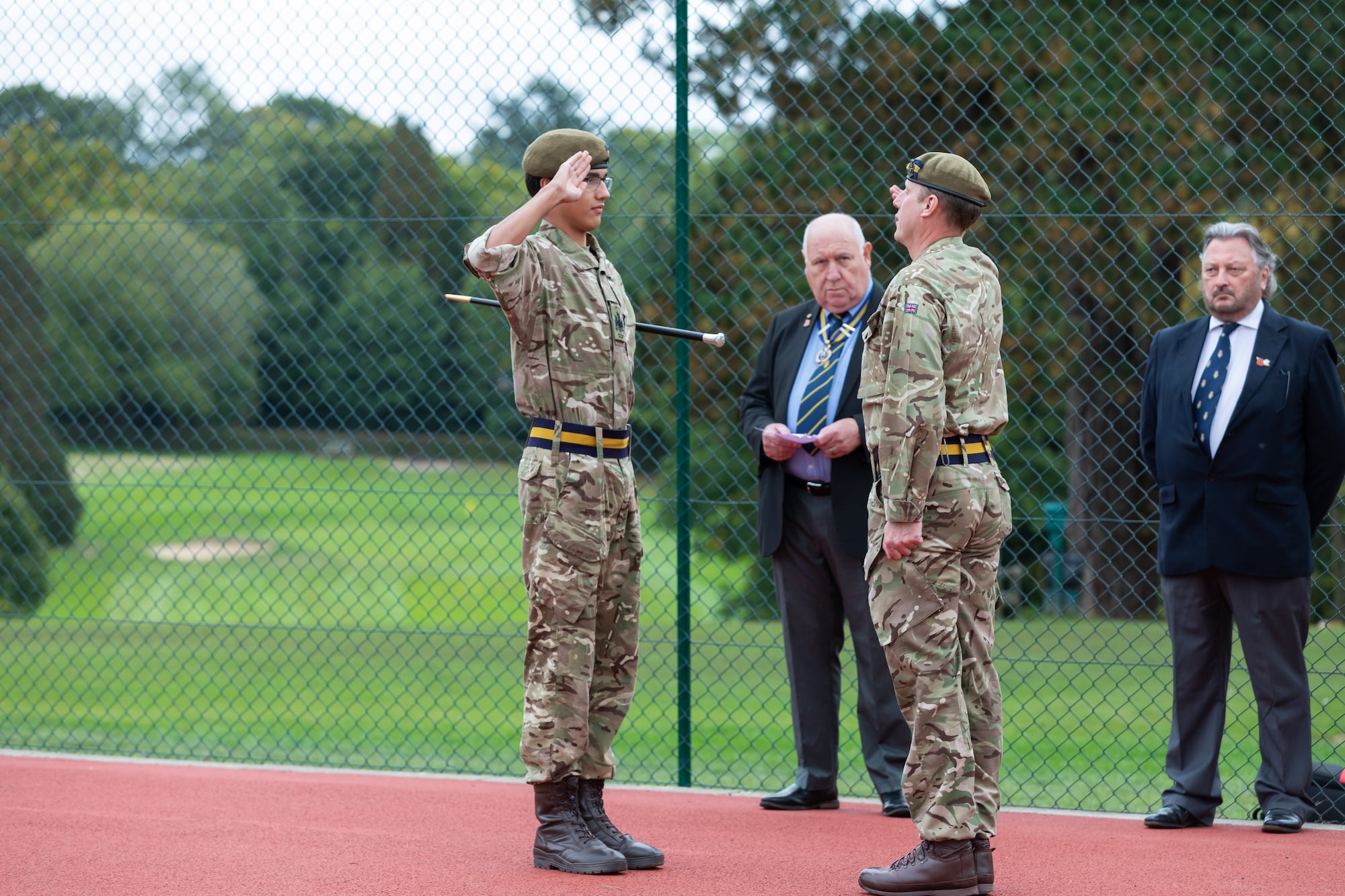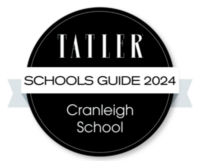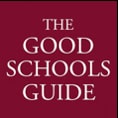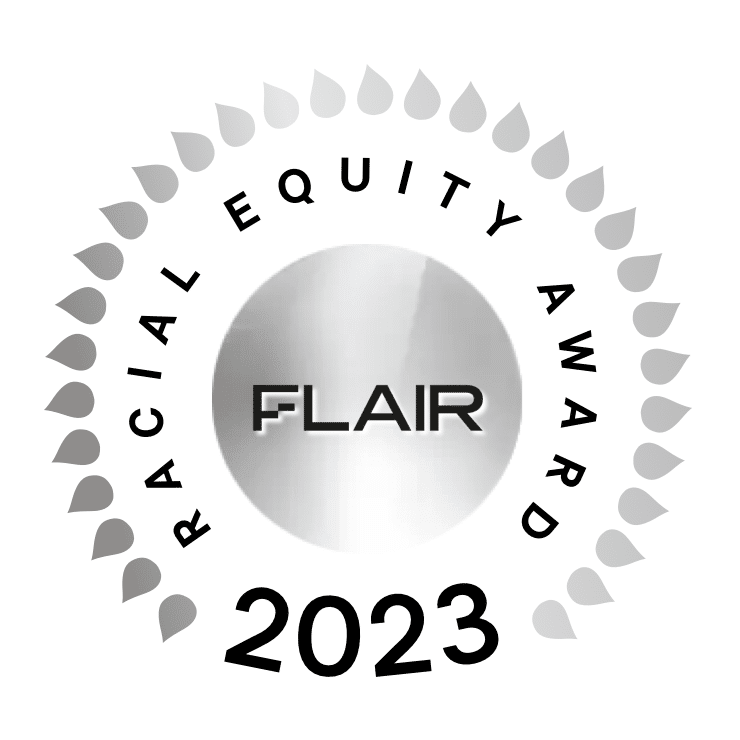“Why do we have to go all the way to Scotland to see rocks Sir?”
For some reason “Because Arran is seriously cool” did not seem to cut it as an answer.
Yes, it was a reasonably early start for the AS geologists; yes, it was a fairly long dive; and no, we couldn’t fly. I had to admit that there was a degree of reluctance to head up to the Firth of Clyde for three days of fun filled rock-bashing over the May long leave.
However, once we reached the ferry terminal in what, even I have to admit, is the somewhat insalubrious town of Ardrossan and we boarded the CalMac steamer for the one hour crossing, it became apparent that the awe inspiring views were winning the students round.
After landing, a short drive brought us to our accommodation at Lochranza on the northern tip of the island, leaving us time to settle in, have a quick supper and head out to say “Hello” to the local rock before bed. One advantage of being in Scotland for field work at this time of year is the long days and late nights, meaning we were able to stay out in the field till 10 pm in the evenings and cram in as much geology as possible. This, combined with unprecedented fair weather and relentless staff enthusiasm resulted in us being able to cover about two days’ work on each of our three field days, managing to tick of nearly everything on our wildly optimistic shopping list.
However, the main benefit was that in addition to exceeding the box-ticking requirements of the spec and showing the students in the field all that they have been learning about over the last year, we were able to get everyone genuinely excited by something. “Dinosaur” footprints, desert sand dunes, ancient mid-ocean ridges, turbidity flows, ancient coal swamps, volcanoes, granite intrusions, Hutton’s unconformity, dyke swarms, and columnar jointing in an enormous igneous sill where just some of the highlights. Red deer, grey seals, eider duck, oyster catchers, guillemots, a peregrine falcon, a persistent and rather irritating cuckoo, orchids and other wonderful wildlife added to the enjoyment and the geographers had a couple of bonus lessons on glacial geomorphology, post-glacial isostatic rebound and emergent coastlines. As if this were not enough, stone circles, Iron Age forts and Robert the Bruce’s cave (complete with spider) added further points of interest.
By the end of our time even the most blasé students seemed to agree that “Yes, Arran is seriously cool.” Many thanks to Mr Winterbottom for joining us and helping lead the trip and to the Lochranza Centre for feeding and looking after us so well.
[ngg_images source=”galleries” container_ids=”65″ display_type=”photocrati-nextgen_pro_masonry” size=”180″ padding=”10″ display_type_view=”default” ngg_triggers_display=”always” captions_enabled=”0″ captions_display_sharing=”1″ captions_display_title=”1″ captions_display_description=”1″ captions_animation=”slideup” order_by=”filename” order_direction=”ASC” returns=”included” maximum_entity_count=”500″]
Back to all news











